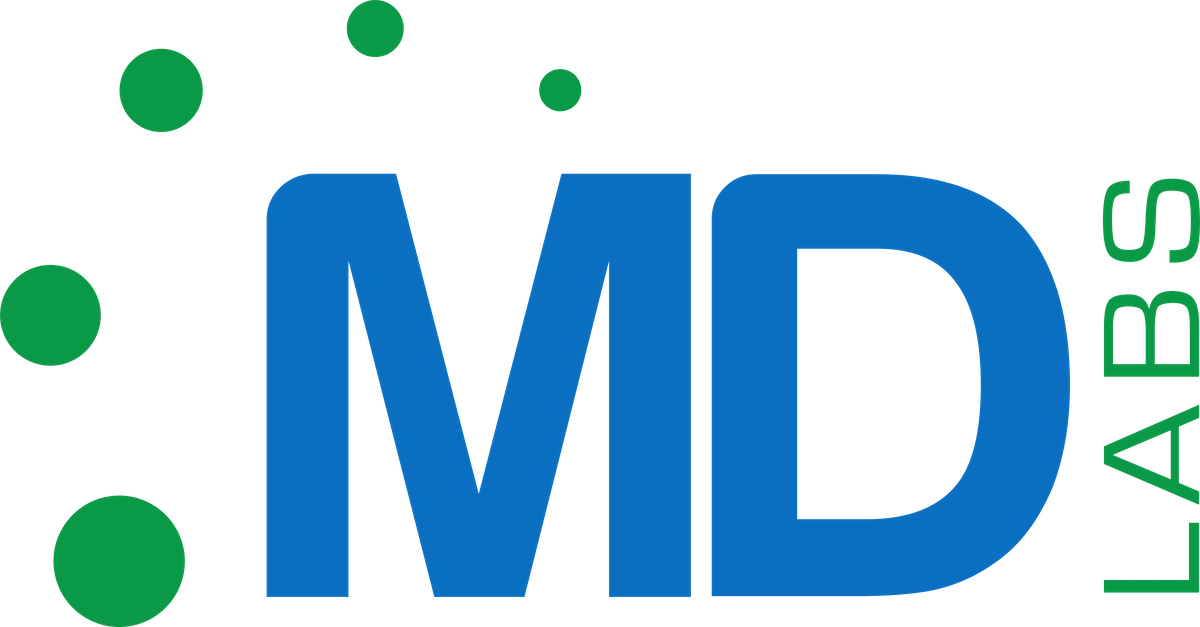Beyond the Tests: The Benefits of Oral Fluid Testing at MD Labs
The field of drug testing has seen significant advancements over the years, with new methodologies and technologies making the process more precise, accurate, and patient-friendly. One such development is oral fluid testing, an innovative approach that uses saliva samples to detect drug usage. At MD Labs, we've embraced this methodology, recognizing its potential to enhance the testing process, improve patient experiences, and deliver reliable results.
Understanding Oral Fluid Testing
Oral fluid testing uses saliva samples collected from an individual to identify the presence of drugs or drug metabolites. It's a non-invasive testing method that offers several benefits over traditional urine-based drug tests, including easier sample collection, decreased potential for adulteration, and enhanced detection of recent drug use (1).
The Advantages of Oral Fluid Testing at MD Labs
Embracing new technology to provide the best service is at the heart of MD Labs' mission. Here are the key benefits we offer through our oral fluid testing services:
Non-Invasive Sampling: Saliva collection is less intrusive than traditional urine-based tests, making it more comfortable for patients and easier to administer for healthcare providers. It can be performed under direct observation without compromising privacy, thus minimizing the potential for sample tampering (2).
Improved Detection of Recent Drug Use: Oral fluid testing can detect recent drug use within a shorter timeframe compared to urine testing, often within hours of consumption. This allows healthcare providers to obtain a more immediate picture of a patient's drug use, crucial in situations such as overdose management or monitoring abstinence in substance abuse treatment programs (3).
Superior Accuracy: MD Labs utilizes advanced diagnostic technologies, ensuring that oral fluid tests are accurate and reliable. We implement stringent quality control procedures to deliver precise and reproducible results, allowing healthcare providers to make informed decisions based on these insights (4).
Comprehensive Drug Panel: Our oral fluid tests cover a wide range of substances, including opioids, stimulants, sedatives, and more. This comprehensive testing ensures a broader understanding of a patient's substance use, aiding in diagnosis and treatment planning (5).
At MD Labs, we strive to stay at the forefront of innovation in laboratory diagnostics. Our adoption of oral fluid testing exemplifies our commitment to integrating advanced methodologies that enhance patient care and clinical decision-making. By offering this non-invasive, accurate, and efficient testing method, we aim to revolutionize the drug testing process, ultimately improving patient experiences and outcomes.
References:
Lee, D., Milman, G., Barnes, A. J., Goodwin, R. S., Hirvonen, J., Huestis, M. A. (2011). Oral Fluid Testing for Drugs of Abuse: Positive Prevalence Rates by Intercept Immunoassay Screening and GC–MS-MS Confirmation and Suggested Cutoff Concentrations. Journal of Analytical Toxicology, 35(5), 269-276. https://doi.org/10.1093/anatox/35.5.269
Crouch, D. J. (2005). Oral fluid collection: the neglected variable in oral fluid testing. Forensic Science International, 150(2-3), 165-173. https://doi.org/10.1016/j.forsciint.2004.10.020
Cone, E. J., & Huestis, M. A. (2007). Interpretation of Oral Fluid Tests for Drugs of Abuse. Annals of the New York Academy of Sciences, 1098(1), 51-103. https://doi.org/10.1196/annals.1384.037
4. Wille, S. M. R., Raes, E., Lillsunde, P., Gunnar, T., Laloup, M., Samyn, N., ... & Verstraete, A. G. (2009). Relationship Between Oral Fluid and Blood Concentrations of Drugs of Abuse in Drivers Suspected of Driving Under the Influence of Drugs. Therapeutic Drug Monitoring, 31(4), 511-519. https://doi.org/10.1097/FTD.0b013e3181a8b488
Verstraete, A. G. (2005). Detection times of drugs of abuse in blood, urine, and oral fluid. Therapeutic Drug Monitoring, 27(2), 200-205. https://journals.lww.com/drug-monitoring/Abstract/2005/04000/Detection_Times_of_Drugs_of_Abuse_in_Blood,_Urine,.10.aspx
